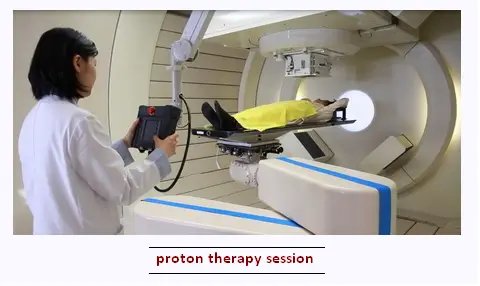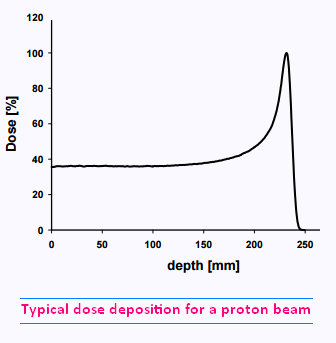Nuclear Physics
The nucleus
Radioactivity
Applications
Particle accelerators
© The scientific sentence. 2010
|
Nuclear Physics &
Particle Physics
Particle accelerators
Proton therapy
Proton therapy
Proton accelerators to treat cancer are considered as the "most costly medical devices"
in the world. The UK is investing considerable amounts of money
in order to build them. Millions of dollars have been invested in the United states to build ten proton beam centers, and 19 more are currently in development.
It is proved that proton beam therapy targets cancerous tissue more precisely
than standard radiation treatment, and that it reduces adverse effects, increases
survival rates and minimizes harm to healthy tissue.

Proton therapy, also called Proton beam therapy, is the most advanced radiation
therapy available today. It destroys cancer cells but does not attack surrounding healthy
tissue nearly as much as traditional radiation therapy does . Proton therapy, a kind of particle
therapy, directs proton beams with great precision at cancer cells.
In proton therapy, a high energy beam of protons, instead of high energy X-rays,
is used to deliver a dose of radiation therapy to cancer patients.

Protons have different dosimetric characteristics than photons used in conventional
radiation therapy.
After a short build-up region, conventional radiation shows an
exponentially decreasing energy deposition with increasing depth in tissue. In
contrast, protons show an increasing energy deposition with penetration distance
leading to a maximum, clled the Bragg peak near the end of range of the proton beam.
|
|